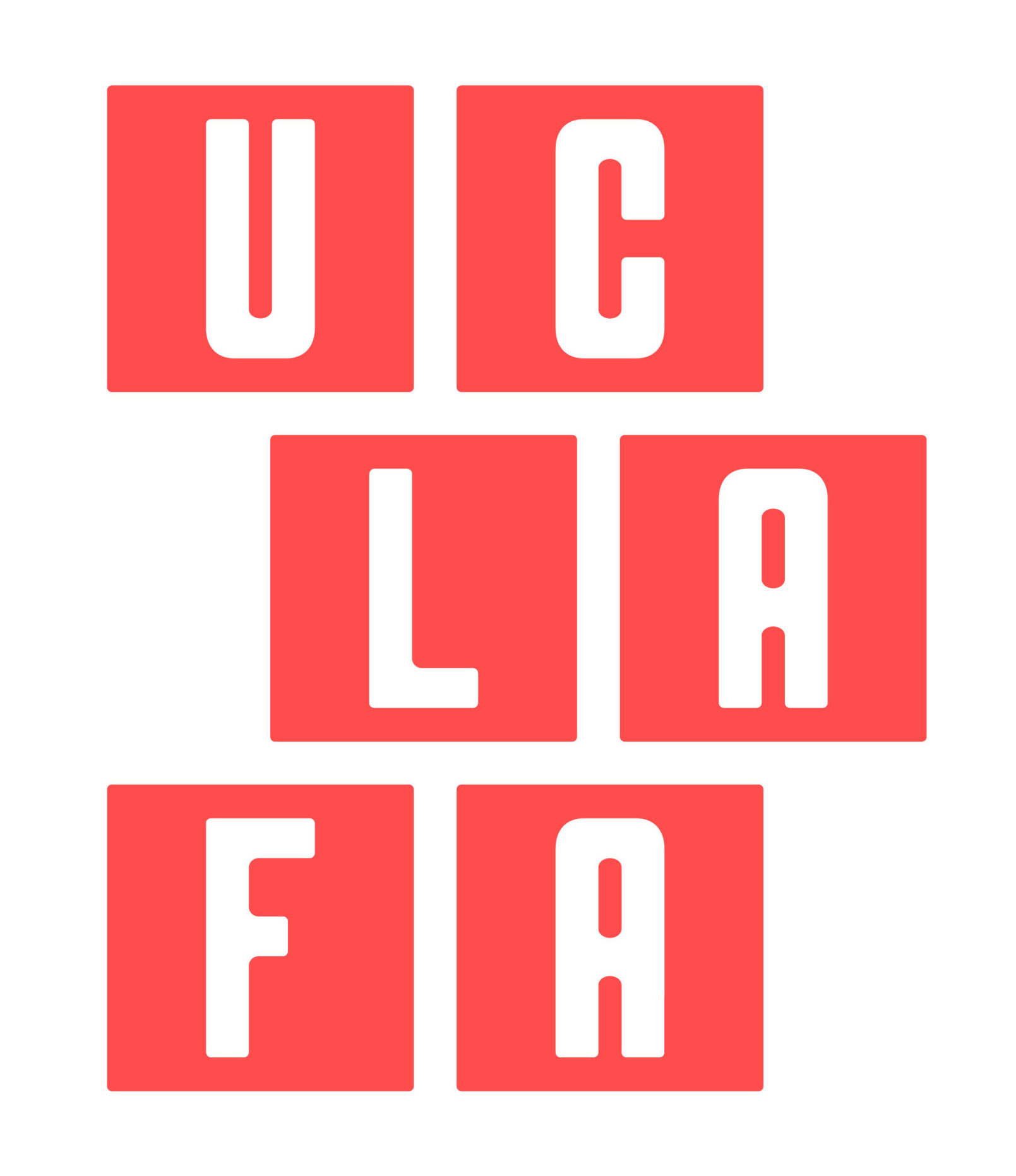Academic Council Comments on Lower-Tier Pension Options
The Academic Council released a statement on the pension options. It appears that the process of commenting began well before President Yudof went for a version of Option C for the new lower tier. The Council noted the Yudof announcement (see earlier post for the annoucement) but produced a document that nonetheless referred to all three options: A, B, and C. Its key point is that there should be offsetting increases in cash pay. It also opposes separating faculty and staff into two different plans. The Council letter is at https://docs.google.com/fileview?id=0BzVLYPK7QI_4OWRhYTYwMDUtZjFiYy00MmZhLTgwYTQtZTA3NjRkZjJhNjg4&hl=en&authkey=CNXzgOMD
